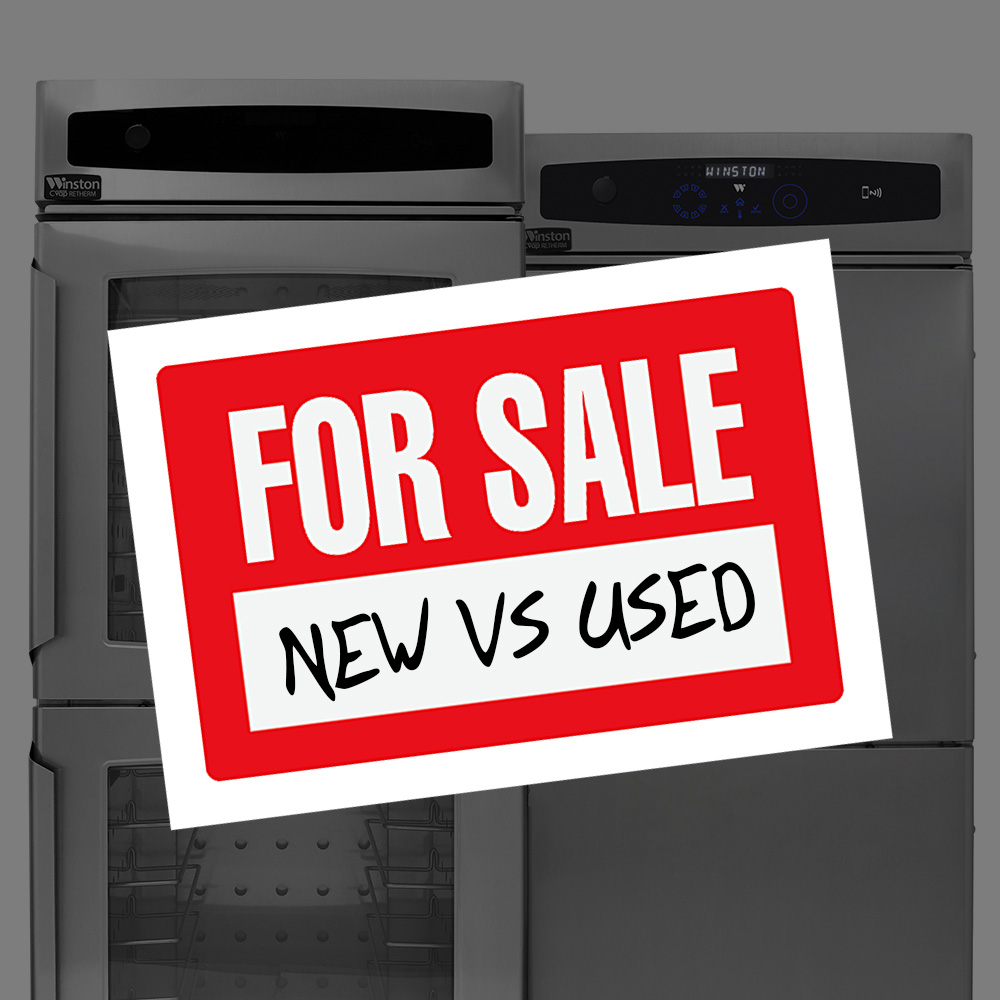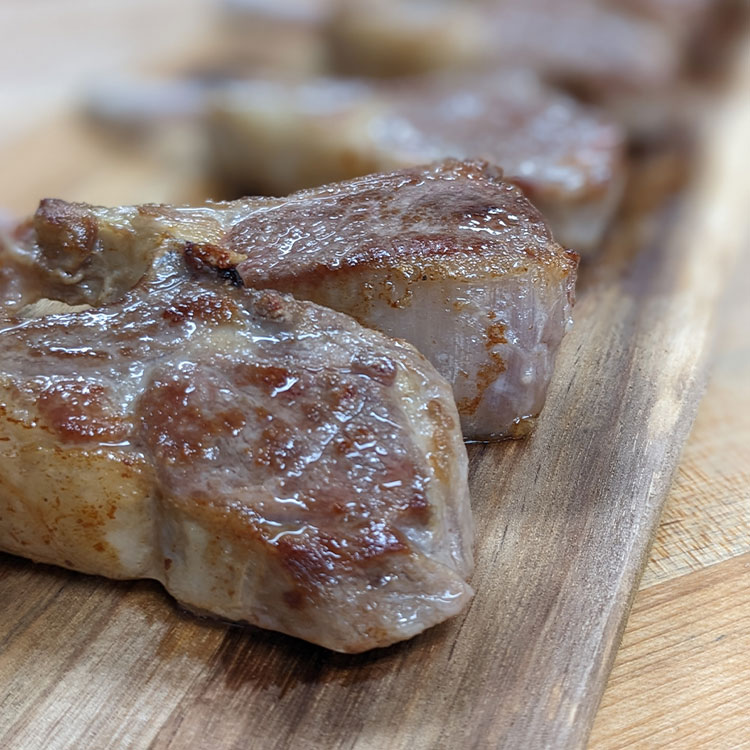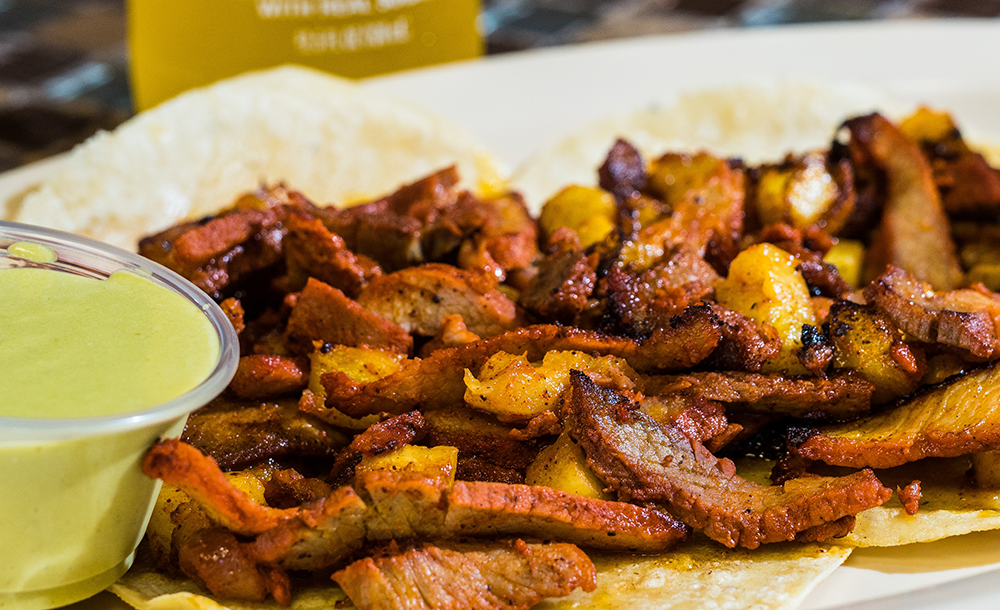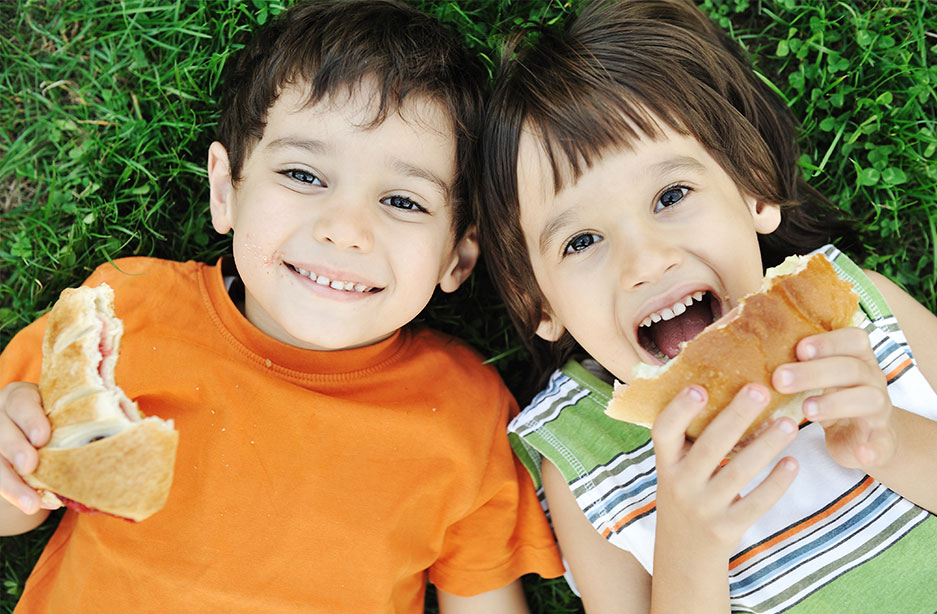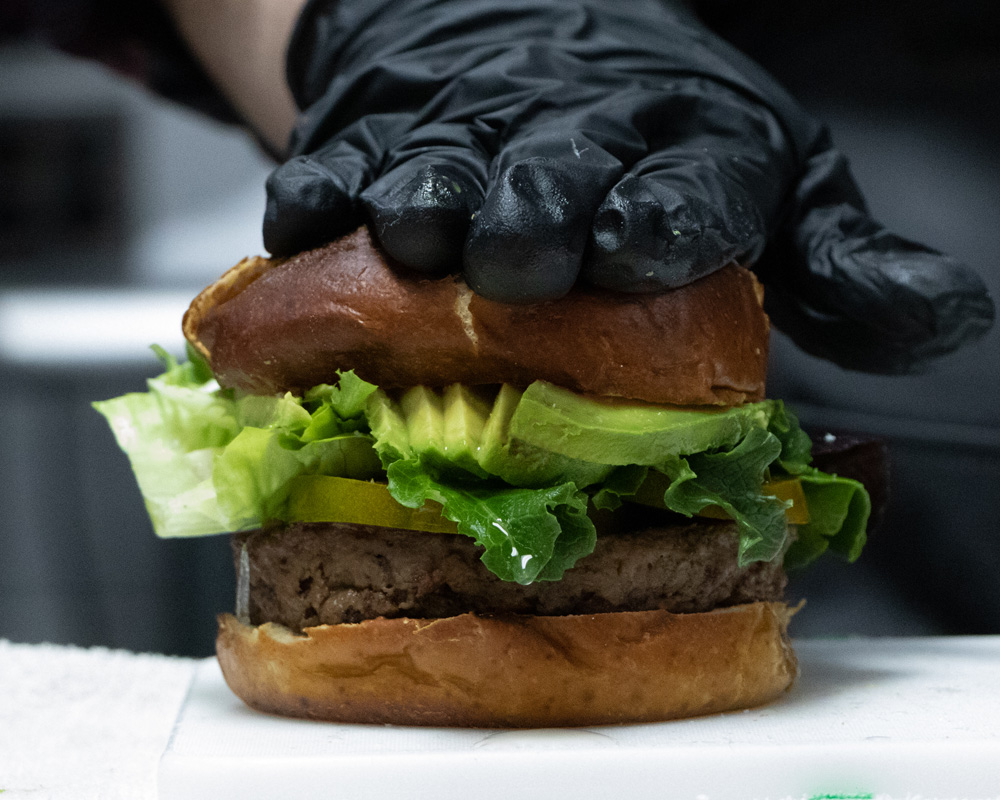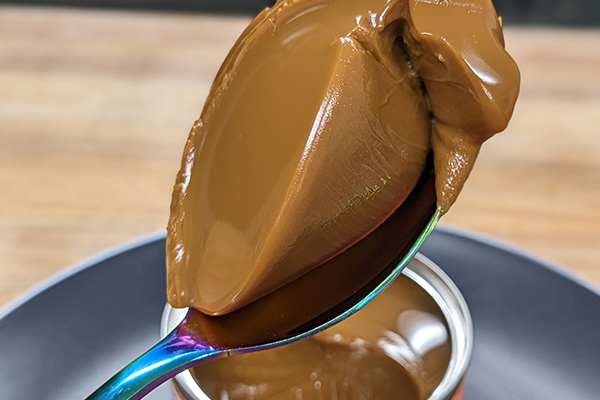New vs Used Food Equipment: Should You Buy New or Used Commercial Kitchen Equipment?
It’s tempting to consider buying used commercial kitchen equipment instead of new. But is it a sound investment? It’s essential to look beyond the purchase price to understand the pros and cons of buying new vs. used. First, let us be upfront. Winston doesn’t sell used equipment. Although you can find our products on used […]
New vs Used Food Equipment: Should You Buy New or Used Commercial Kitchen Equipment? Read More »
